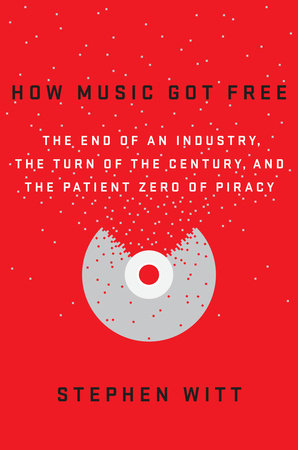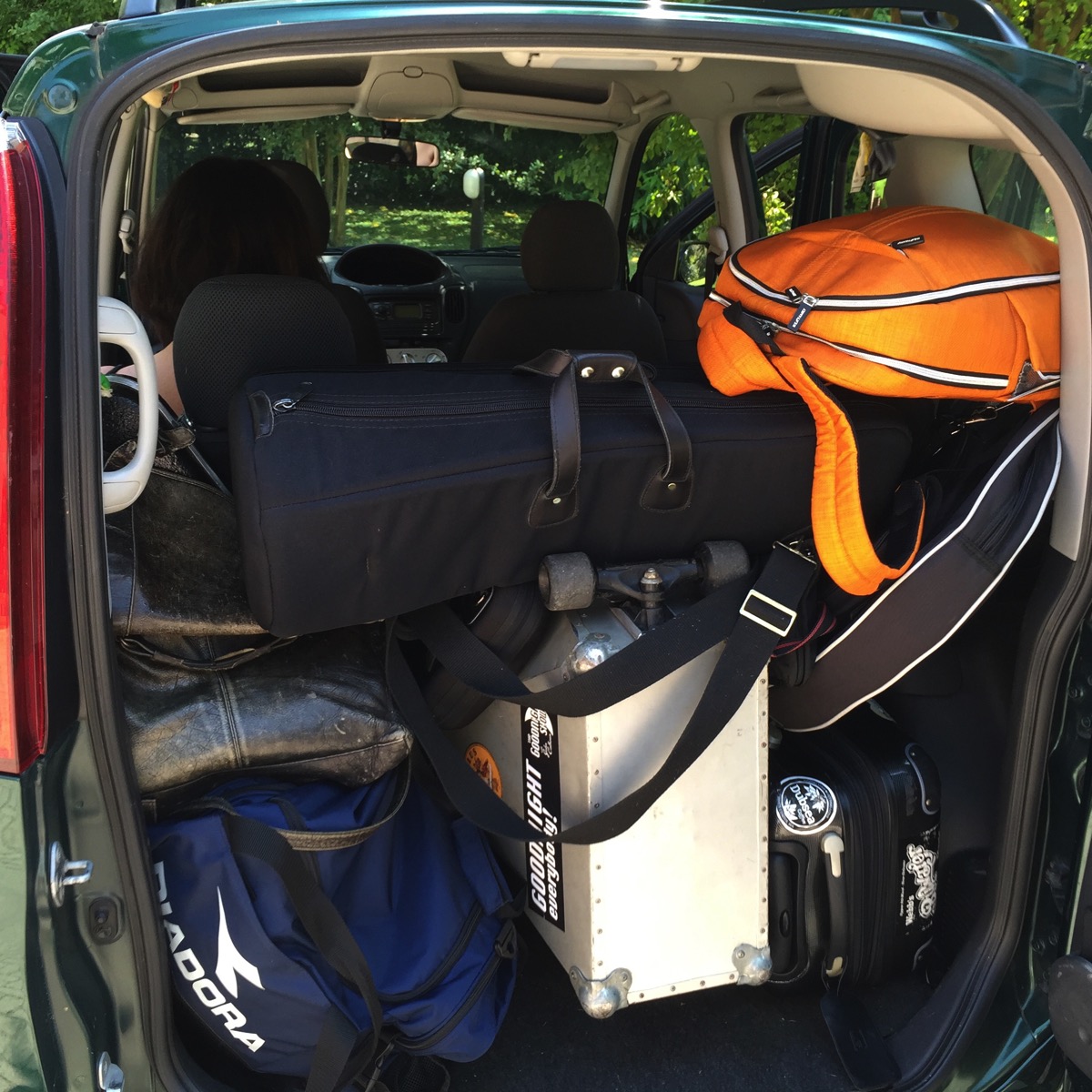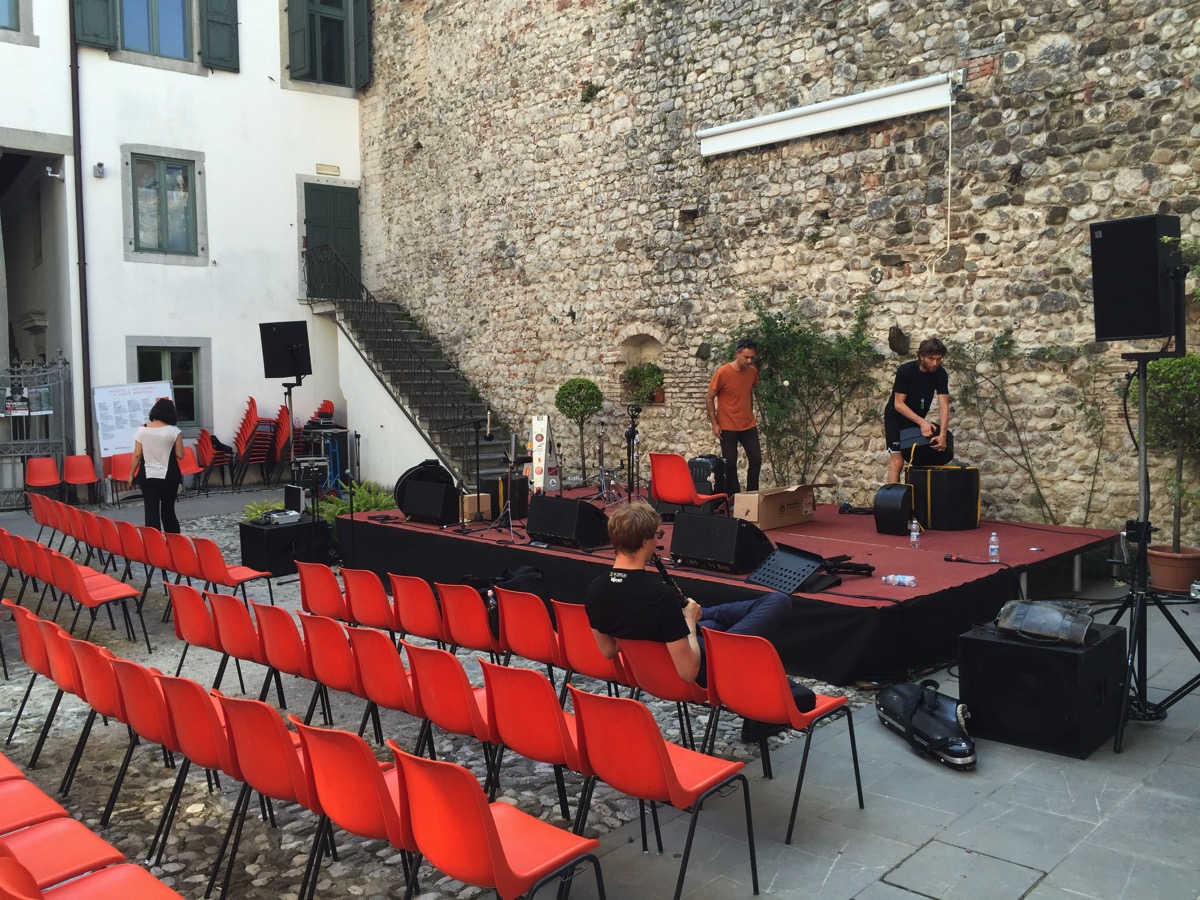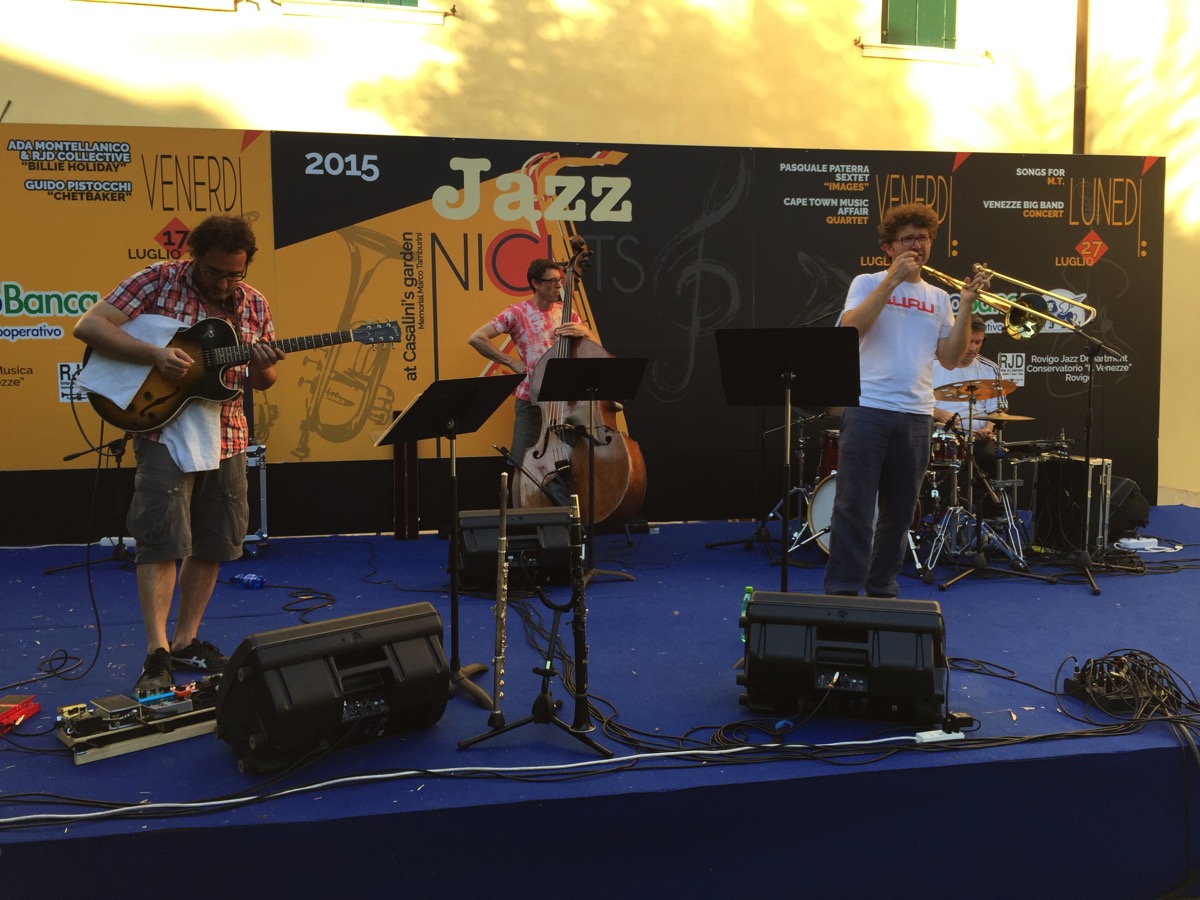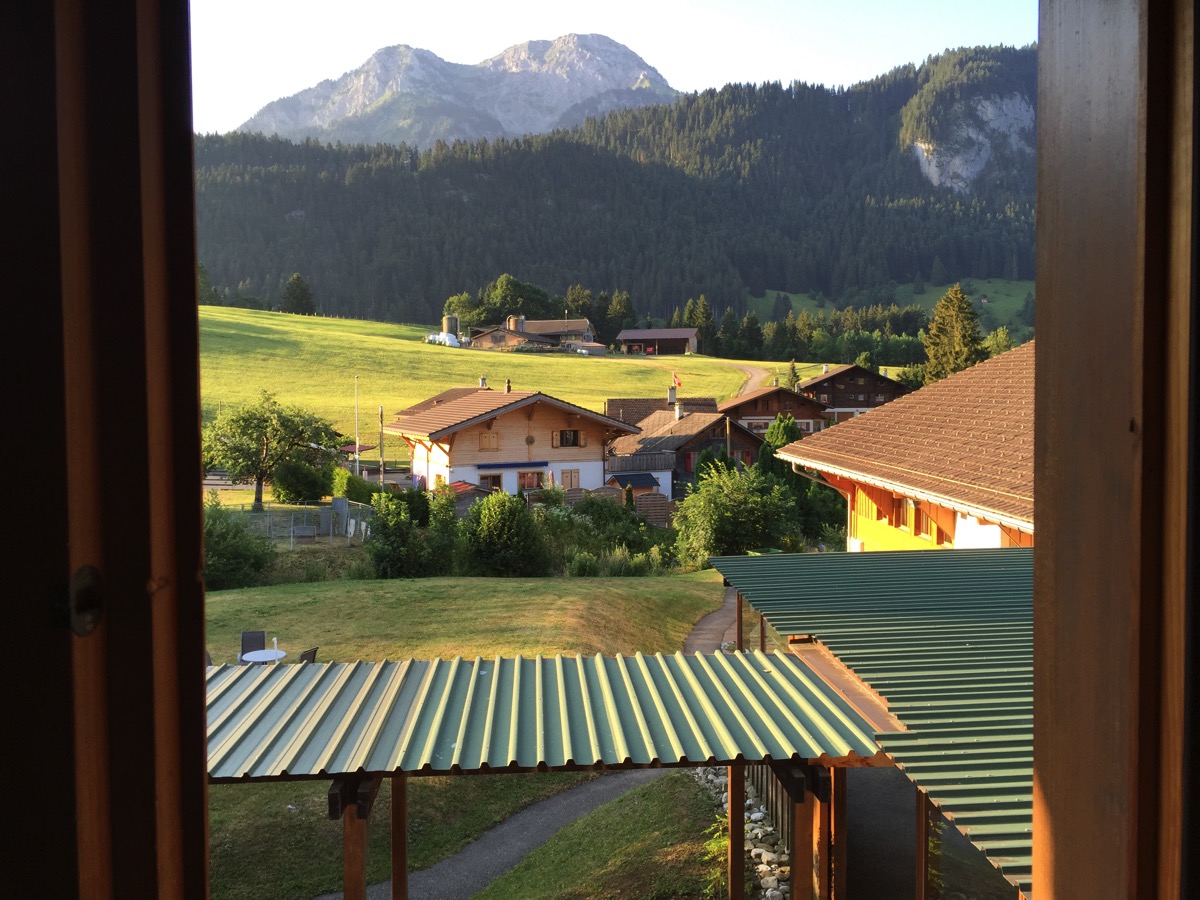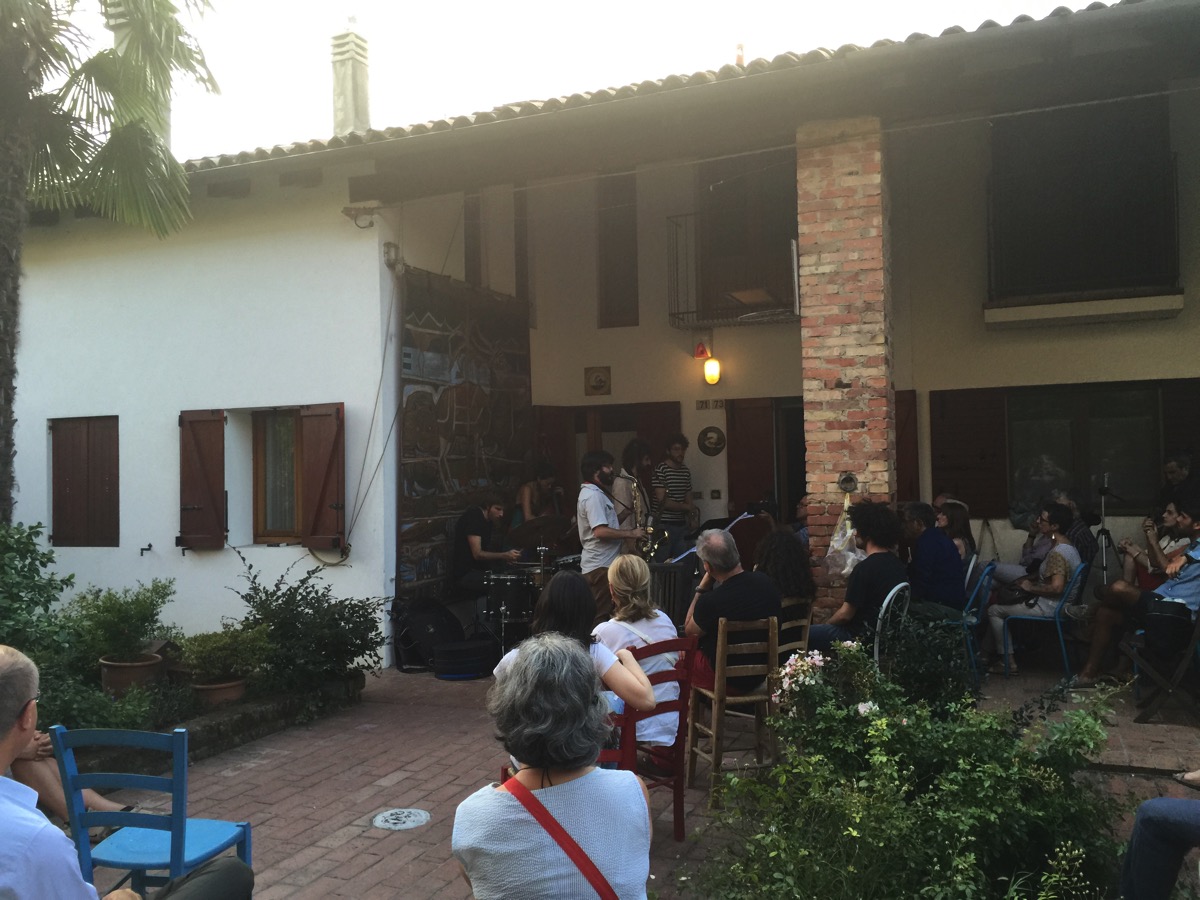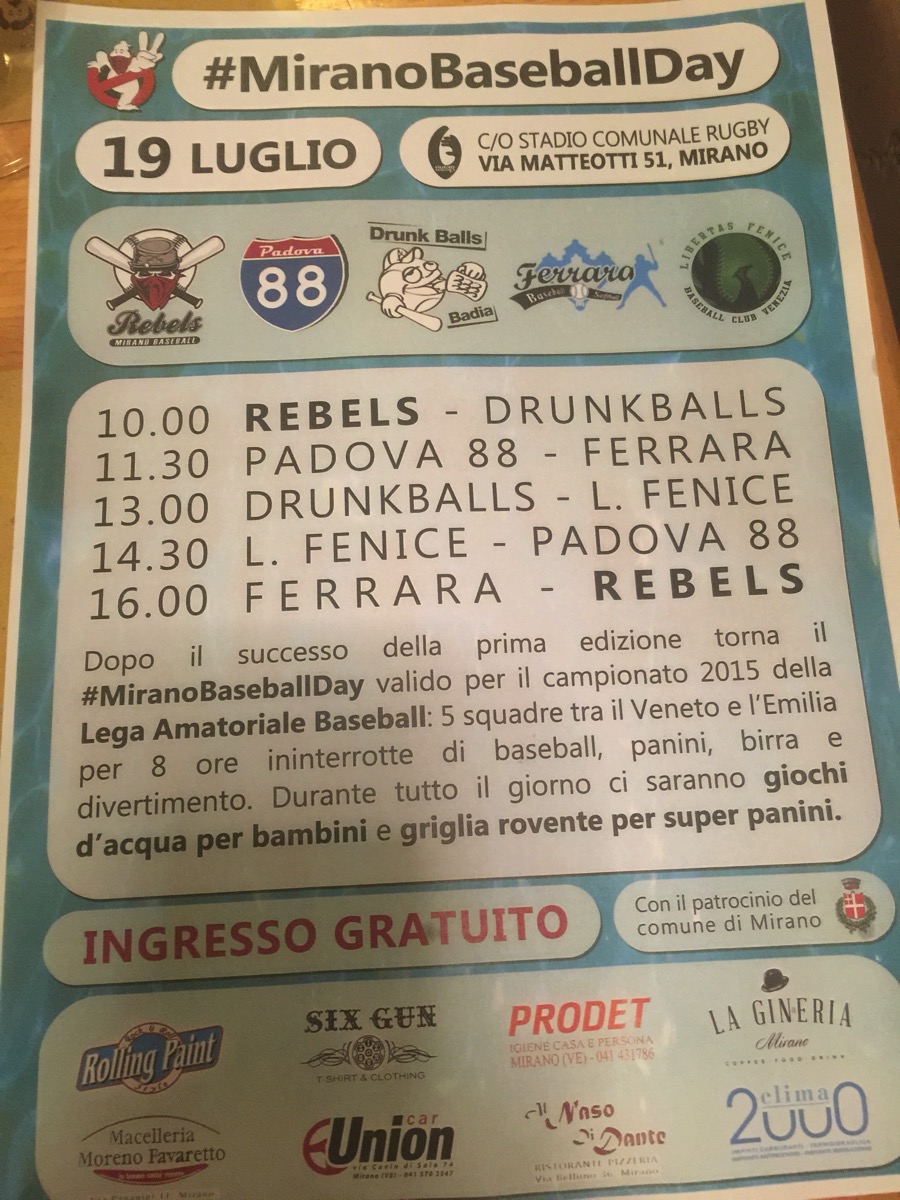Warning: This post has more questions than answers, because we can’t find the answers until we ask the RIGHT questions.
In recent weeks I have read the complaints of a number of people about the amounts of money that performers are paid in “creative music” situations. I know that I could spend an entire book weeding out meaning from the term “creative music,” so let me just clarify that I mean art music that is outside of the economic mainstream.
One of the people who inspired this post simply thinks that the musicians should “make” the clubs sign a union contract and pay a good wage. If music is part of the club’s business model, in the way that a band on Bourbon St. is there mostly to make the party happen, and making the party happen is how the club makes money, then I agree. The market sets a price for beer, and it should also set a price for the band. Both the beer and the band are part of the formula that the club uses to make money. We should also note, that in these situations, the band plays what the club wants them to play. These are craftsman musicians who are hired to provide a service for an employer. The club takes the risk, the band simply provides a service.
This isn’t really the situation I am thinking about.
What about a situation in which I (the hypothetical artist) have a band and some new music, and we want a place to play this music. This is original music, and it isn’t particularly mainstream. My goal is to find a place to present this music, and in doing so build an audience, and make some money.
Some venues pride themselves on presenting new music. It is part of their business model. Let’s take a “best case scenario” for the artist version of this situation, and assume that our hypothetical venue is dedicated to presenting new music. For our little thought experiment here, the genre of this new music isn’t really important, we just have to stipulate that the new music is made by an artist who is not yet well known.
Where does the money come from?
One version of the “unknown band” plan is to offer free entrance to entice more people in to hear the music. I won’t go into my arguments about why it is a bad idea to present yourself with the implication that your performance has no value. If there is no cover charge, then all of the band’s money must come from the bar. Giving the band 20% of the bar ring is on the generous side of standard. If 50 people come to your gig, and each of them has three drinks, and the drinks average $7 each, then the bar ring is $1,050. 20% of that bar ring is $210.
The cover charge scenario is the other way to go. With a $5 cover that goes entirely to the band (which can be rare), those same 50 people generate $250 for the band. Now, will there still be 50 people there with a $5 cover? Probably a question for another post.
Based on these numbers, when you get to audiences of 200 or so, you get to numbers that can support budget style touring (a van and couches). As cover charges can go up, the numbers change. The math isn’t difficult. The point is that the money for the band either comes directly from the audience (cover charge/ticket sales) or indirectly from the audience (percentage of bar sales). No matter how you look at it, audience size is the determining factor in terms of available money for the artists.
Who is responsible for bringing the audience? That may be another post.
The point is when there are 50 people in the audience to hear my great new music for the first time, and the band makes a total of $300, then we did a pretty good job of converting audience into dollars.
$300 a night for an entire band is not a living wage.
This raises more questions. Am I entitled to a living wage from my art? Do I make art as a financial sustenance or just for psychic sustenance? Do we, as audience members, have a moral obligation to financially support the artists whose work we enjoy? Do we, as artists, have a moral obligation to freely share our art with the world? Are there other places to find money besides the bar and the door? (I consider merchandise sales to be a separate income stream from the performance fee.)
The answers to the above questions can inform our search for answers about how to increase the amount of money performers make for live performances.

